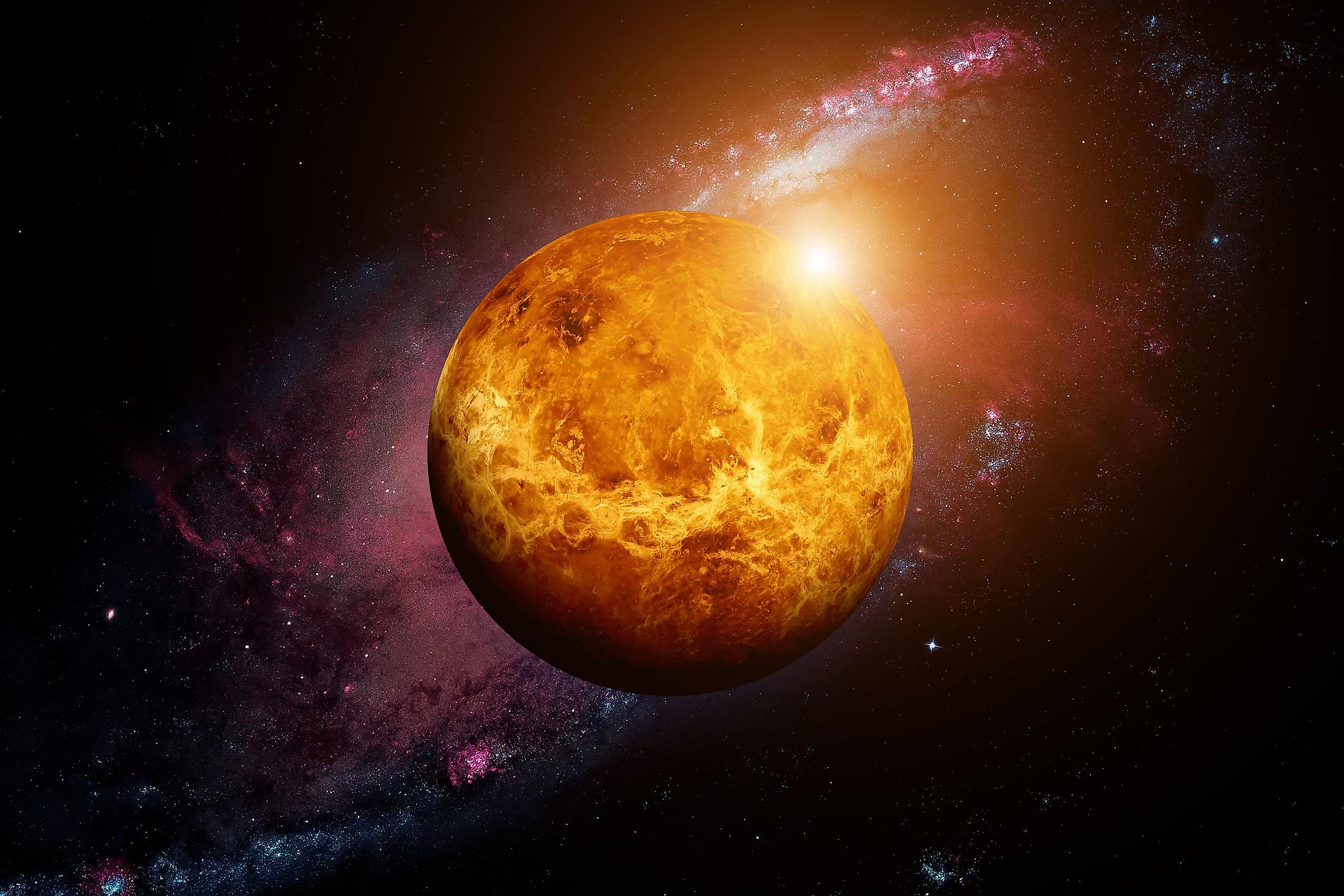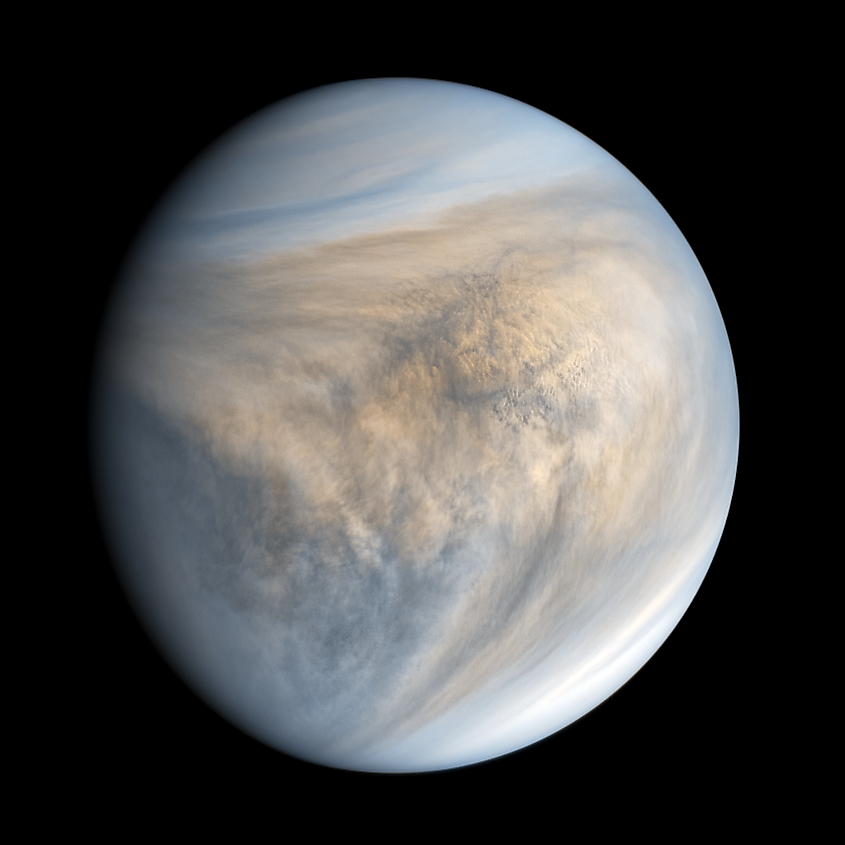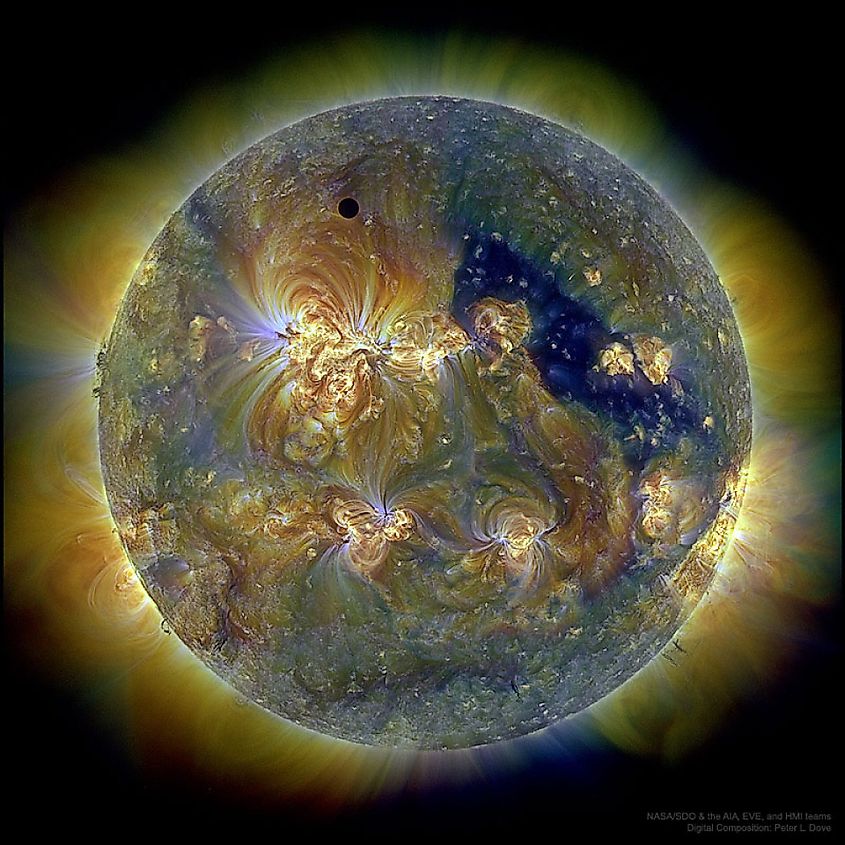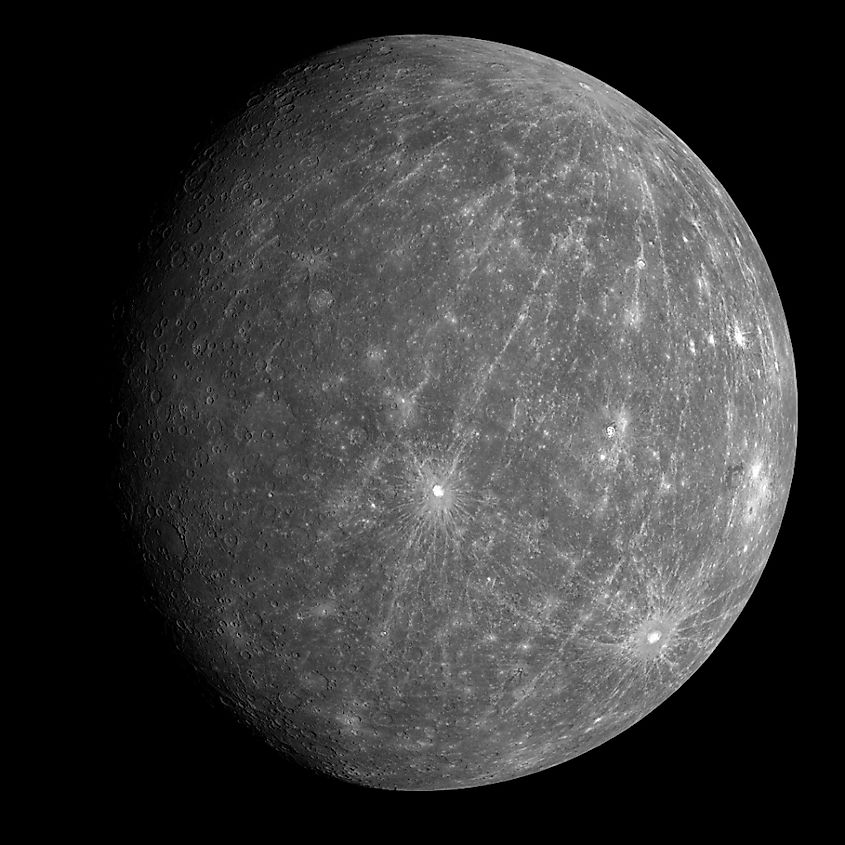
What Is The Closest Planet To Earth?
The closest planet to Earth in our solar system is the planet Venus, yet sometimes Mercury may also be closer. Venus is located at an average distance of 42-million miles (67-million kilometres) from Earth, yet that distance actually varies depending on where both planets are in their orbit. At its furthest, Venus can be as far as 162-million miles (261-million kilometres), and at its closest, it can be a mere 24-million miles (38-million kilometres) away from Earth. Interestingly, while Venus moves closer to Earth than any other planet, the average distance between Earth and Venus is actually larger than the average distance between Earth and Mercury. Therefore, the title for closest planet to us goes to both Mercury and Venus, depending on where the planets are in their respective orbits.
Changing Distance

While we generally think of the planets as orbiting the sun in circles, this is not entirely the case. Rather, planetary orbits are elliptical, and can be thought of as elongated circles. Perfect circular orbits simply do not exist, yet some planets can have more circular orbits than others. Since planets orbit the sun in elliptical orbits, the distance between them, the sun, and other planets changes during the course of their orbit. For example, when Venus is at its furthest approach from Earth and Earth is at its maximum distance from Venus, the two planets will be located at their furthest possible distance. If the opposite occurs and they are both at their closest, then they will be at the minimum possible distance from each other.
How Far Is Venus From The Sun?

The Earth orbits the sun at an average distance of 93-million miles (150-million kilometres), a distance astronomers refer to as an astronomical unit. Thus, one astronomical unit is equal to the average distance between the sun and Earth. Venus is located closer to the sun than Earth is, orbiting at an average distance of 67-million miles (108-million kilometres) or about 0.7 astronomical units. Like how the distance between Earth and Venus changes, the distance between the sun and Venus also changes. At its closest approach, called perihelion, Venus is approximately 66.7-million miles (107-million miles) away from the sun. At its furthest approach, called aphelion, Venus is located about 67.7-million miles (108.9-million kilometres). Since the distance between the sun and Venus changes by only a small amount, its orbit is considered to be quite circular.
Is Venus Always The Closest Planet?

Since all the planets have elliptical orbits, the distance between them varies over time. Knowing this, do any other planets move closer to Earth than Venus? While Venus has the closest approach to Earth at 24-million miles (38-million kilometres), it is actually not the closest planet to Earth on average. That title goes to the smallest planet in the solar system: Mercury. Mercury will never approach Earth as close as Venus does, yet the average distance between Earth and Mercury is smaller than the average distance between Venus and Earth. While Venus can and does get quite close to our world, it also spends a lot of time being very far away. Most of the time, Mercury is a little bit closer to Earth than Venus.











